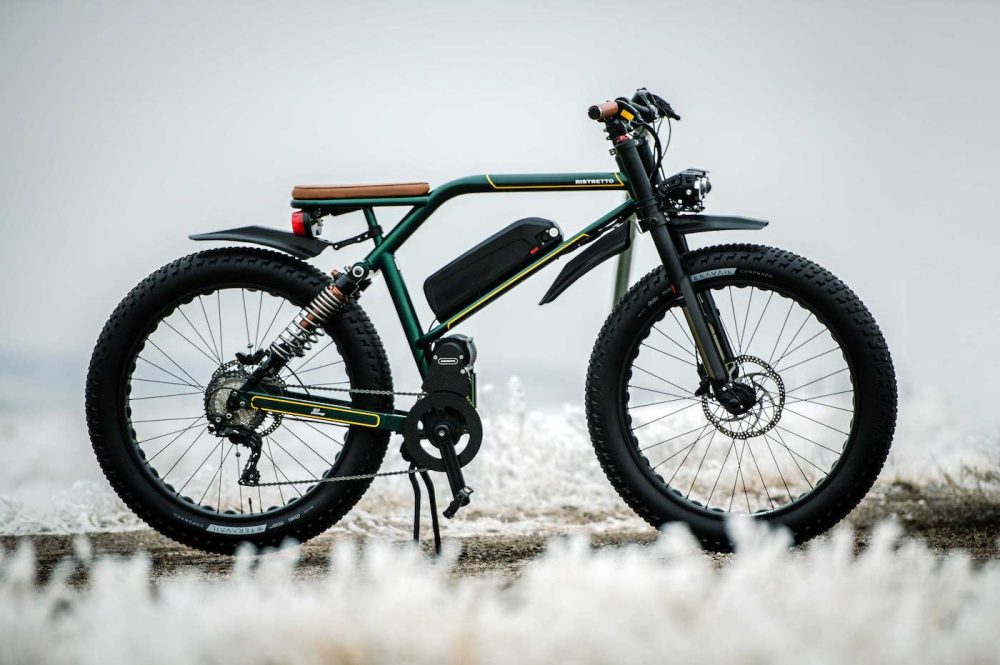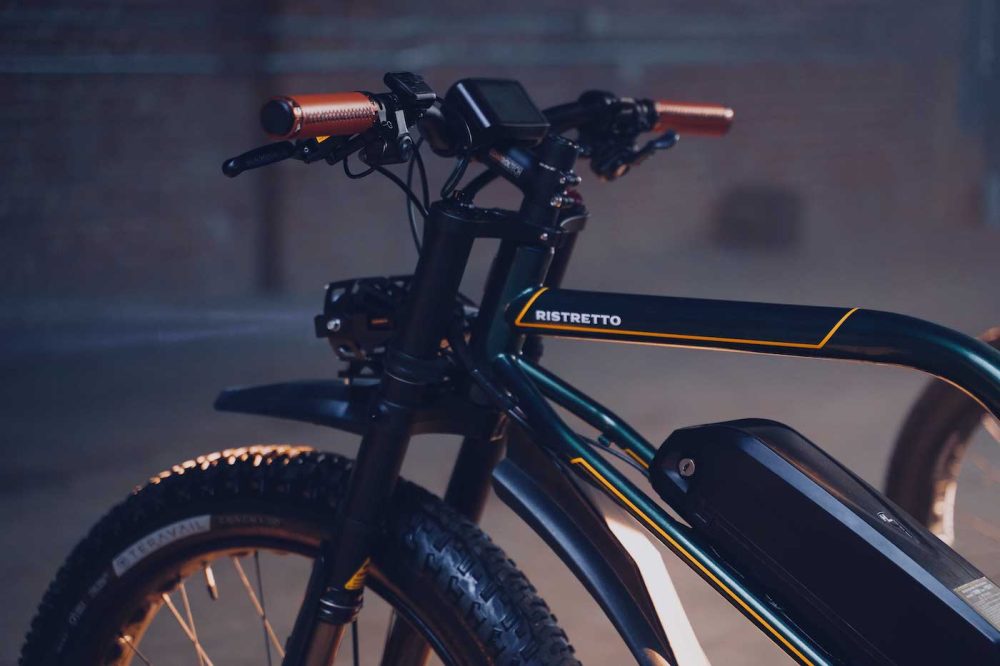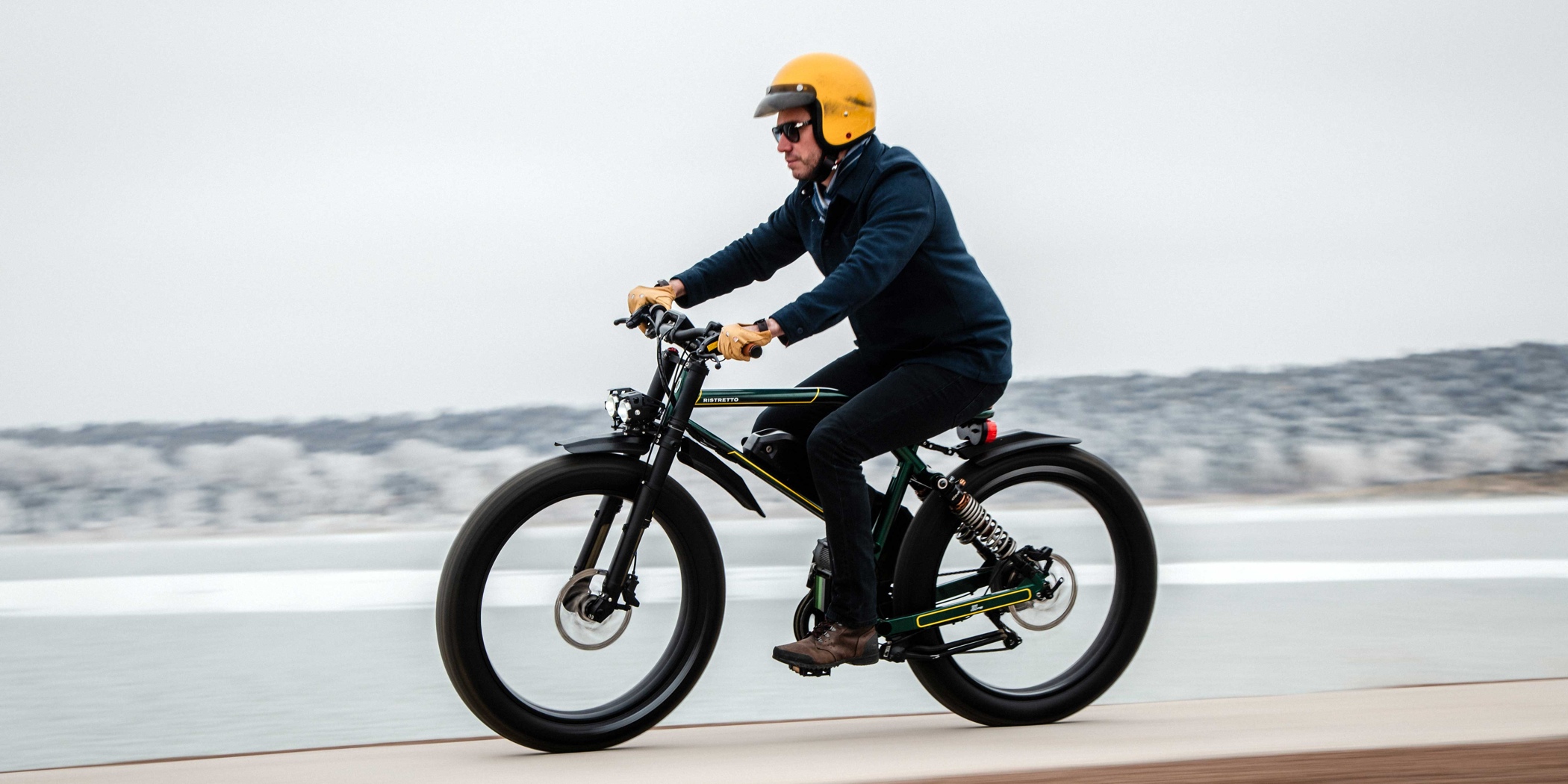I. Introduction

A. The rise of electric bikes as a sustainable transportation alternative
In recent years, there has been a significant rise in the popularity of electric bikes as a sustainable mode of transportation. With the increasing concern for environmental sustainability and the need for efficient commuting options, electric bikes have emerged as a viable and eco-friendly alternative to traditional vehicles.
B. The emergence of high-speed electric bikes and their impact on commuting
Among the various types of electric bikes available in the market, high-speed electric bikes, capable of reaching speeds of up to 40 mph, have gained tremendous attention. These electric bikes have revolutionized commuting by providing faster and more efficient transportation options, especially for longer distances. In this blog, we will explore the world of 40 mph electric bikes, their specifications, legal considerations, and the numerous benefits they offer as an alternative mode of transportation.
II. Understanding the 40 mph Electric Bike
A. Definition and specifications
- Motor power and speed capabilities
A 40 mph electric bike is equipped with powerful motors that enable it to reach speeds of up to 40 miles per hour. These bikes utilize high-performance electric motors, often ranging from 750 watts to 3000 watts, delivering unprecedented speed and acceleration.
- Battery capacity and range
The battery capacity of a 40 mph electric bike is generally higher than that of regular electric bikes, allowing for extended range and longer rides without the need for recharging. These bikes are typically equipped with larger battery packs, ranging from 40V to 60V, providing sufficient power to maintain the higher speeds without compromising range.
B. Legal considerations and regulations

- Different classifications and requirements
It is essential to understand the various classifications and legal requirements for operating a 40 mph electric bike. In many countries, electric bikes are classified based on their top speed and power output. Ensure compliance with local regulations to avoid potential legality issues.
- Appropriate safety gear and precautions
Riding a 40 mph electric bike requires precautions similar to those taken when riding regular bicycles or motorcycles. Protective gear such as helmets, gloves, and sturdy clothing is essential to ensure safety during high-speed rides. Familiarize yourself with the traffic rules and follow them diligently for a secure and smooth commuting experience.
III. Benefits of a 40 mph Electric Bike
A. Enhanced commuting speed and efficiency

- Reducing travel time and congestion
One of the most significant advantages of a high-speed electric bike is the ability to travel at faster speeds, enabling riders to reach their destinations quickly, especially during peak traffic hours. This reduction in travel time helps alleviate congestion on roads, making commuting more efficient and stress-free.
- Covering longer distances without exhaustion
Compared to conventional bicycles, a 40 mph electric bike provides riders with the ability to cover greater distances without experiencing exhaustion. Whether commuting to work or embarking on a recreational ride, the extended range offered by these electric bikes eliminates the need for excessive physical exertion, allowing riders to enjoy comfortable journeys.
B. Eco-friendly transportation and reduced carbon footprint

- Lower emissions compared to conventional vehicles
By choosing a 40 mph electric bike as your mode of transportation, you contribute to a greener environment by reducing your carbon footprint. Electric bikes produce zero emissions during operation, unlike conventional vehicles powered by fossil fuels.
- Contributing to a greener and cleaner environment
The increased adoption of electric bikes, especially those capable of higher speeds, can lead to a significant reduction in greenhouse gas emissions. By reducing our dependence on conventional vehicles, we can collectively contribute to cleaner air, reduced noise pollution, and a healthier planet.
IV. Considerations for Riding a 40 mph Electric Bike
A. Safety Measures and Riding Skills
1. Proper Bike Handling and Maneuvering at High Speeds:
Riding at high speeds requires a different set of skills compared to traditional biking. Riders should practice proper balance, body positioning, and using bike handling techniques such as countersteering to ensure stability and control.
2. Understanding Traffic Rules and Road Etiquette:
Operating a 40 mph electric bike requires riders to have a thorough understanding of traffic rules and road etiquette. Obeying speed limits, signaling properly, and maintaining proper distance from vehicles are essential for keeping oneself and others safe.
B. Maintenance and Care

1. Regular Battery Charging and Maintenance:
The battery is the heart of an electric bike, providing power and range. Regular charging and maintenance of the battery, including proper storage and avoiding extreme temperatures, is crucial for optimal performance and longevity.
2. Ensuring Proper Tire Inflation and Brake Performance:
Due to the higher speed capabilities of a 40 mph electric bike, maintaining proper tire inflation and brake performance becomes even more critical. Regularly check tire pressure, inspect brake pads, and ensure proper adjustment and alignment to guarantee safe and efficient braking.
V. Potential Challenges and Limitations
A. Price and Affordability:
- Comparing Costs to Traditional Bikes and Electric Vehicles:
The cost of a 40 mph electric bike can be significantly higher than traditional bicycles. Potential buyers should consider the price range and compare it to similar electric bikes or even electric vehicles to determine if the investment aligns with their budget and needs. - Evaluating Long-term Cost Savings:
While the initial cost may seem high, riders should consider the long-term cost savings associated with using an electric bike. Compared to fossil fuel-powered vehicles, electric bikes offer lower maintenance and operating costs, potentially making them a cost-effective transportation choice.
B. Infrastructure and Accessibility:
- Availability of Charging Stations and Parking Facilities: Riders should consider the availability and accessibility of charging stations, especially for longer trips. Additionally, the availability of secure parking facilities for electric bikes is important to prevent theft and damage.
- Implications for Urban Planning and Bike Infrastructure Development: As electric bikes become more popular, cities and urban planners need to adapt their infrastructure to accommodate these vehicles. Adding more charging stations, dedicated bike lanes, and secure parking areas for electric bikes can enhance their accessibility and ease of use.
Conclusion:
Riding a 40 mph electric bike can be an exhilarating experience, but it requires careful consideration of safety measures, maintenance, and potential challenges. By developing proper riding skills, understanding the rules of the road, and maintaining the bike regularly, riders can ensure a safe and enjoyable experience. Moreover, addressing challenges related to price, infrastructure, and accessibility can contribute to the larger adoption of electric bikes, promoting sustainable and efficient transportation options.
